How to Use Technology to Future-Proof Your Workforce Planning Strategy
MP Wired For HR
JUNE 5, 2025
How to Use Technology to Future-Proof Your Workforce Planning Strategy June 5th, 2025 Share on Facebook Share on Facebook Share on LinkedIn Share on LinkedIn As weve discussed earlier in our most recent blog series , having the right people in the right rolesat the right timeis no longer a luxury; its a strategic necessity.











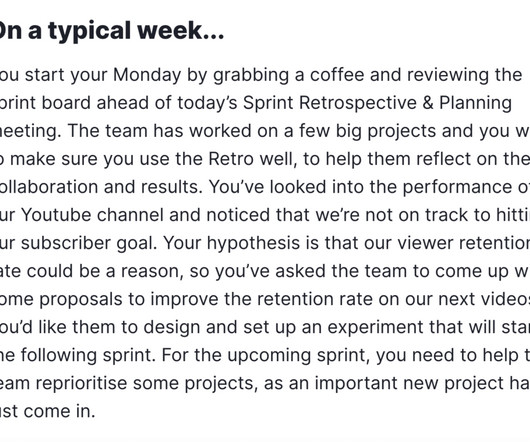




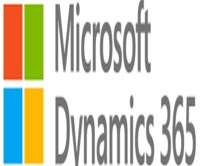
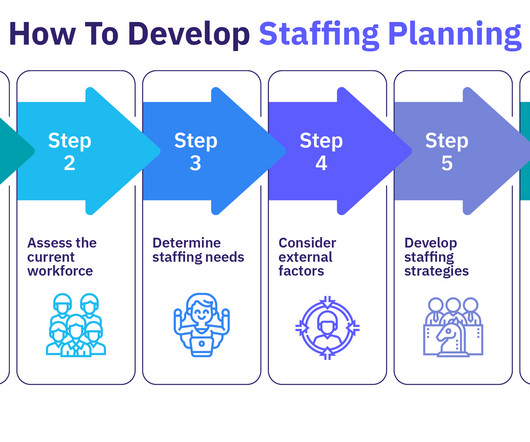




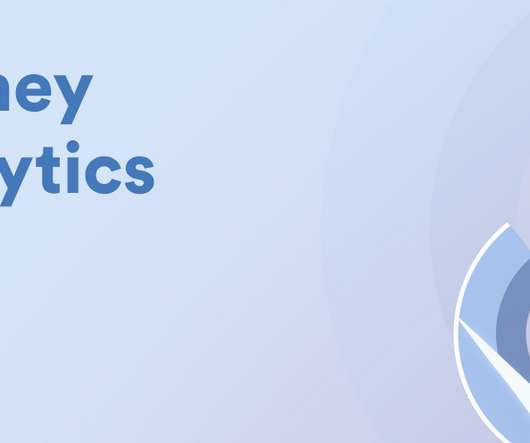

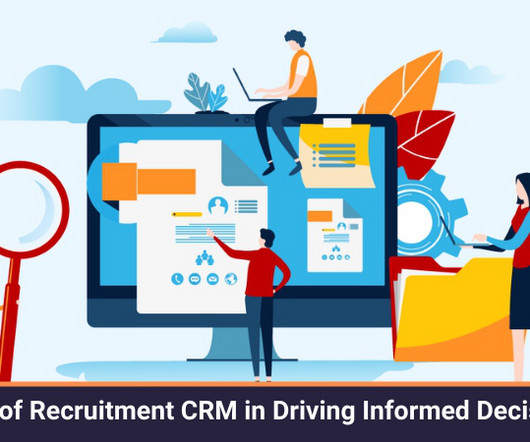

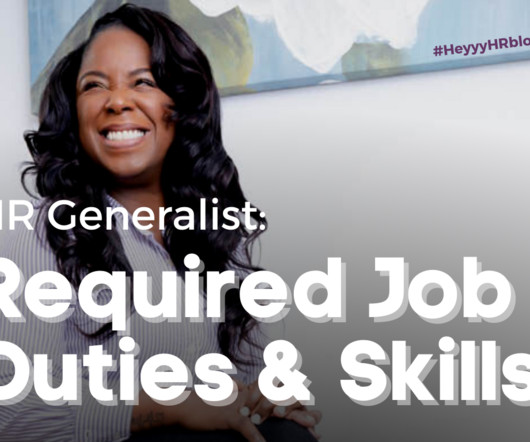
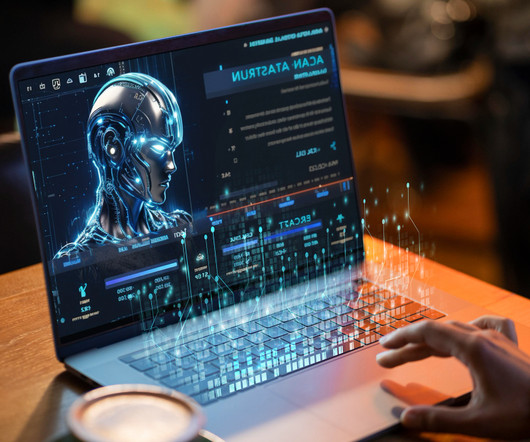

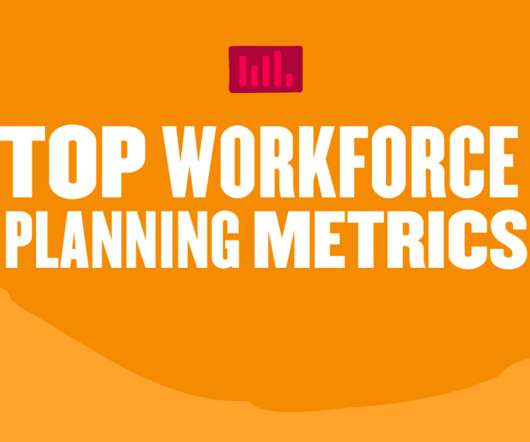

























Let's personalize your content